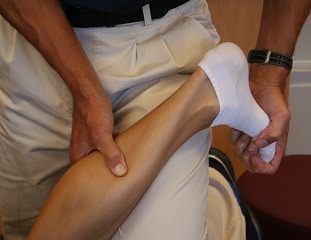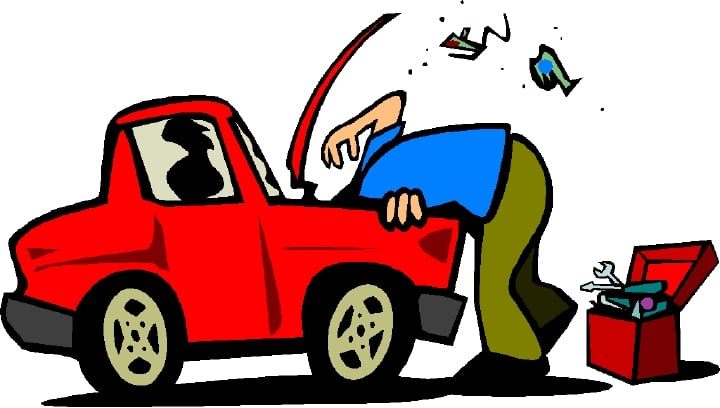Ever had something you thought was just a muscle strain that just never really went away?
Isn’t it time to figure out why this injury has stuck around and has not gotten better with the ever popular “wait and see” approach?
Well, one of the reasons it probably hasn’t just “gotten better on its own”, is because of an accumulation of scar tissue. After an injury such as a muscle pull or a strain, a mass of immature scar tissue is laid down to repair the damaged muscle. Initially this process helps repair the strained tissue but if it remains after the strain has healed, it can irritate and inflame the surrounding healthy tissue and cause unwanted pain and limitations in function. When a build up of scar tissue remains well after the initial injury, measures must be taken to break down this scar tissue so that it can mature and align properly with the healthy muscle fibres. If measures are not taken, this scar tissue remains immature, inflexible and extremely weak. With inflexibility and weakness comes an increased risk of reinjuring the area and causing an even greater build-up of scar tissue. This cycle of injury makes it even harder for the body to break down this scar tissue and this buildup can eventually become so great that even the easiest movements can become weak and cause pain. As an example, think about a muscle strain as being a bruise on the front of your thigh. As we know, when bruises occur they are quite tender to touch and we generally leave them alone until they turn yellow and go away. Now, say we poke these bruises just as they are about to fade away, wouldn’t it be that much easier to cause this bruise to return with the same intensity if not more than with the initial injury? Essentially this bruise is like scar tissue where the initial injury makes us more susceptible to a more serious future injury unless we take measures to avoid and help prevent sequential injuries from happening. And…… how can we help avoid and prevent further injury you ask? Let a physiotherapist HELP!
A physiotherapist combines in-depth knowledge of how the body works with specialized hands-on clinical skills to prescribe personalized therapeutic exercises, provide essential patient education, deliver targeted manual therapy techniques and help manage pain and increase healing with different modalities such as laser and acupuncture. So, if you’re tired of feeling an injury you thought would have healed by now, let a physiotherapist do what we do best: restore, maintain and maximize your strength, function, movement and overall well-being.
By Andrew Mensink BHSc(Hon), MSC(PT)
Registered Physiotherapist



